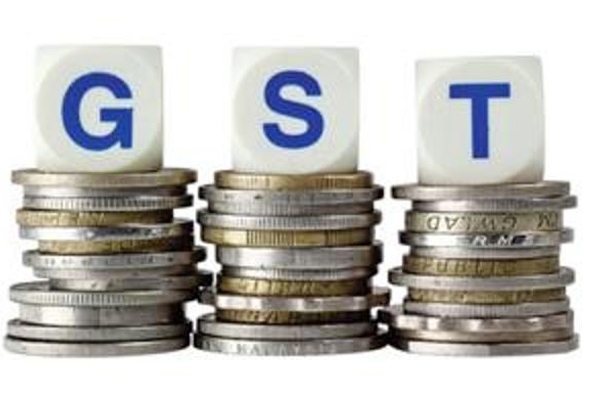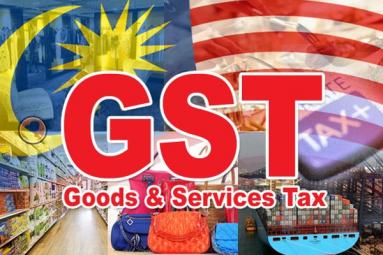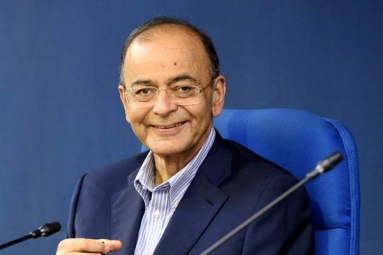
The GST council has come to a conclusion in having a four bands of tax rates ranging from 5 percent, 12 percent, 18 percent and 28 percent. Apart from this another category of tax ranging between 40 percent and 65 percent will be imposed on the luxury goods such as high-end cars, pan masala, aerated drinks and tobacco products.
However, Food grains are zero-rated to insulate people from inflationary pressures, which can bring ache din for the common people. The cess levied will help the central government to compensate the state that may loose revenue due to the implementation of GST.
The Indian industries have welcomed the 4 slabs of GST, but expecting this to get reduced to one or two slabs.
"Model GST Law suggests multiple registrations in each state for supply of goods and services. This has the potential to result in huge burden of complexity," said Naushad Forbes, President, Confederation of Indian Industry (CII).
Harshvardhan Neotia, president, Federation of Indian Chambers of Commerce and Industry (FICCI), complimented the GST Council for arriving at a four-tier rate structure under GST.
“The classification in different rate baskets is what will determine how sectors will fair under GST in comparison with the existing regime,” says Harishanker Subramaniam, national leader - indirect tax, EY India.
"It is also necessary to ensure that majority of manufactured products are kept at 18 percent and the temptation to push more products into the 28 percent slab should be resisted," MS Mani, Senior Director, Deloitte Haskins & Sells LLP said.
"The increase in maximum marginal rates to 28 percent coupled with the announcement that it will attract items which are currently taxed at rates in that range would mean that rate as a criteria would cease to play a role in evaluating benefits from GST for such products," Prashant Deshpande, Partner, Deloitte Haskins & Sells LLP, said.
"One rate is a crucial part of the structure. It would enable the levy of a single low rate on a very broad and comprehensive base, eliminating litigation and rent-seeking on classification disputes, promoting voluntary compliance and ensuring simple and effective implementation," Kelkar, along with Satya Poddar and V Bhaskar, wrote in an article in the Mint.
"While the goods will have a multiple rate structure, no clarity is provided on rates applicable to services. Hopefully there will be a single rate structure," Deshpande of Deloitte Haskins & Sells LLP said.
"This was a specific task of the oil & gas industry as this would have enabled availability of inputs GST credits in relation to these products,” Abhishek Jain, Tax Partner, EY India said.
"In the earlier GST Council meetings there were some indication that services which have abatement today may fall under the 12 percent bracket; however no further clarity emerged on that post the GST Council meeting on Thursday,” he added.
"Uncertainty rates for gold is not warranted as gold is a key determinant of the rate structure," Deshpande of Deloitte said.
"After the rest of the items are fitted into various slabs, depending on the revenue flexibility, the rate will be decided," Finance Minister Arun Jaitley said.
By Premji













